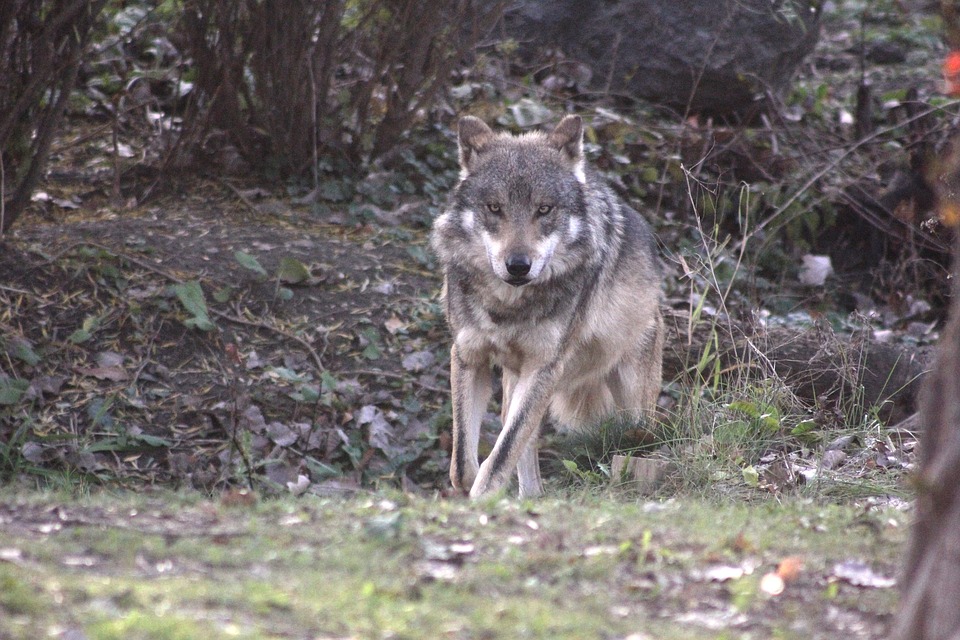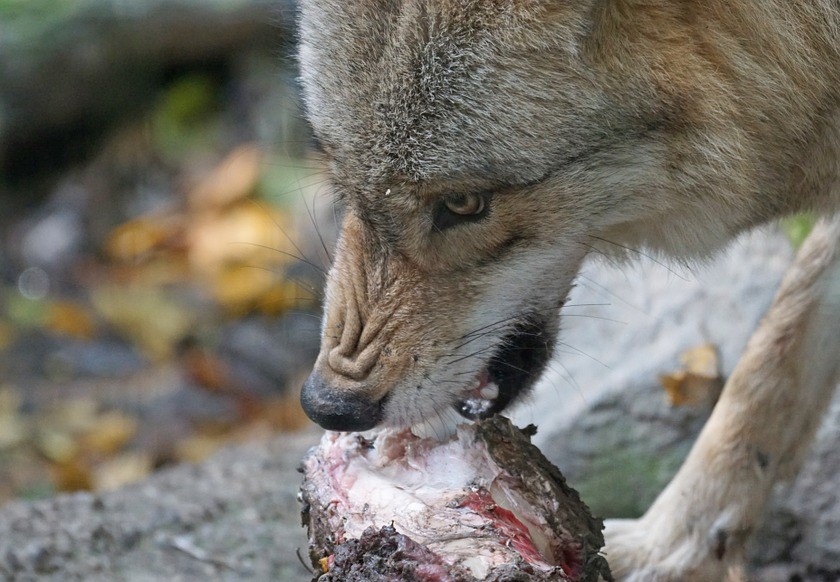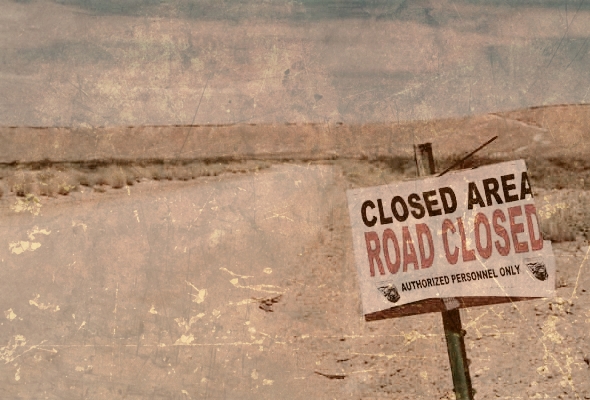…Monday’s is considered a surplus killing, in which wolves kill more than they can eat, or perhaps don’t eat what they kill at all. The reason for this is somewhat unknown, but it is much easier for a wolf to kill a sheep confined to a pen than natural prey, which may trigger their instincts as a predator…
Seth Carlson and Anna Maria Hansen
Wolves kill three dozen sheep on Park Falls farm
A pack of wolves returned after a three-year hiatus to kill three dozen sheep on a farm north of Park Falls on Monday.
Paul and Judy Canik woke Monday morning to find 31 of their Katahdin lambs and five adult females had been killed by wolves sometime between midnight and 6 a.m.
“Evidently we were sleeping too sound and didn’t hear the dogs,” Paul said. “They usually bark loud enough to alert us whenever the wolves are around.”
The couple has several Spanish Mastiff guard dogs on the farm to help ward off predators, but since wolves killed two of the expensive purebreds a few years ago, the couple keep the dogs penned at night.
This is the second time the Caniks have suffered a large loss of sheep from their farm. In 2016, wolves, potentially of the same pack, killed 17 of their bighorn sheep, valued at $1,200 each. After that depredation, the USDA Wildlife Service installed two miles of fladry — a string of colored flags that move in the wind — accompanied by electric fencing around the perimeter of the pasture. That fencing had not been installed yet this year when the attack happened Monday.
The pack in the area of the Caniks’ farm is known as the Flood Creek Pack and was counted at eight individuals this winter, according to USDA Supervisory Wildlife Biologist Dave Ruid.
Ruid said sheep and poultry are particularly vulnerable to wolves, especially in April and May when their natural forms of prey are at limited availability. In mid to late May when white-tailed deer begin fawning, there is generally a decline in livestock depredations.
As in the 2016 killing, Monday’s is considered a surplus killing, in which wolves kill more than they can eat, or perhaps don’t eat what they kill at all. The reason for this is somewhat unknown, but it is much easier for a wolf to kill a sheep confined to a pen than natural prey, which may trigger their instincts as a predator, according to Ruid.
Twenty-four of the lambs were carried off-site, while the rest were found scattered around the pasture, and all five of the dead or dying ewes were found uneaten.
Free Range Report
Thank you for reading our latest report, but before you go…
Our loyalty is to the truth and to YOU, our readers!
We respect your reading experience, and have refrained from putting up a paywall and obnoxious advertisements, which means that we get by on small donations from people like you. We’re not asking for much, but any amount that you can give goes a long way to securing a better future for the people who make America great.
[paypal_donation_button]
For as little as $1 you can support Free Range Report, and it takes only a moment.




There are two titles here. Confusing because there are no documented wolves in Louisiana! They were extirpated well over a century ago. The red wolf is critically endangered and ultra rare in the USA.
Then your article changes to Wisconsin and the grey wolf destruction on one farm. I read everything here twice, and did some research. The article’s wildlife scientist also says that not all grey wolves hunt livestock and the percentages are low. The fear mongering here is alarming. Please try to get facts straight when trying to do informative journalism.